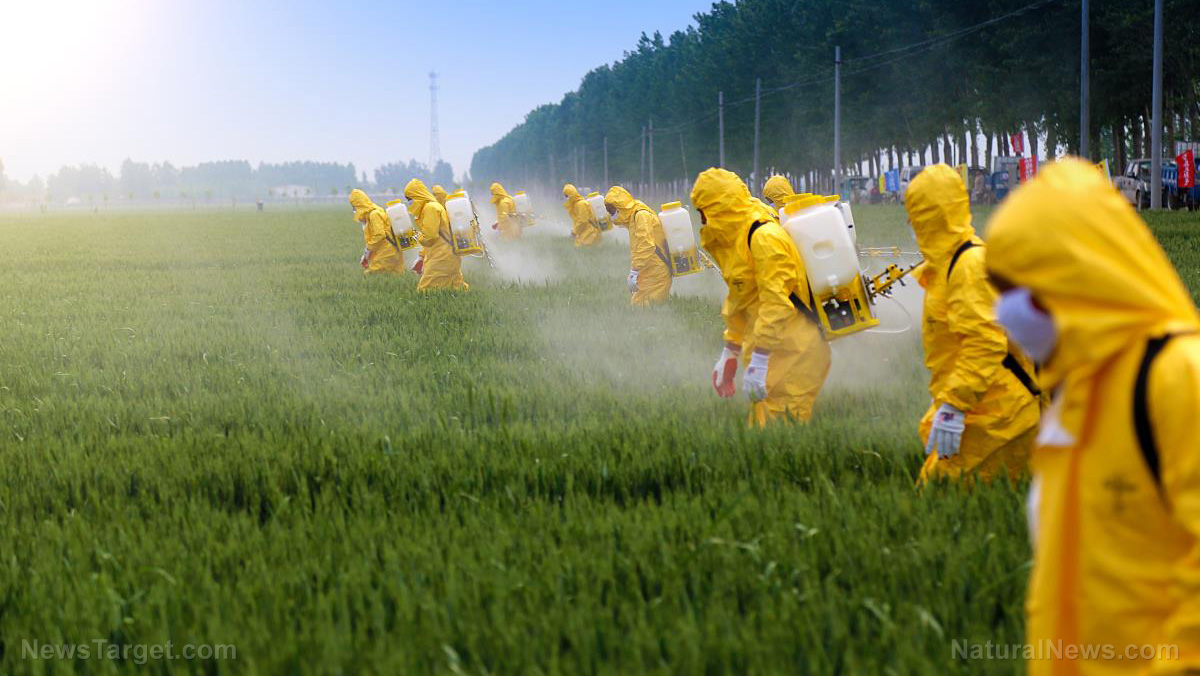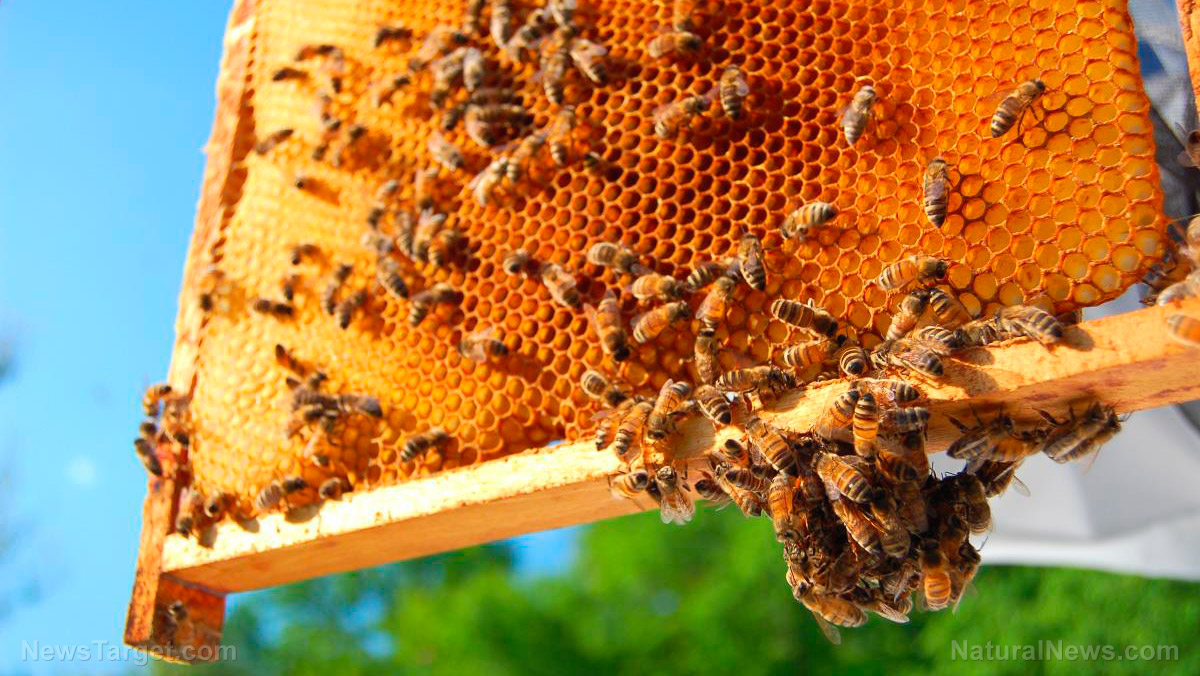Atrazine, a widely used herbicide in the U.S., has led to a shocking increase in birth defects
12/05/2018 / By Vicki Batts

Traces of atrazine, a popular weedkiller, have been detected in 94 percent of water supplies studied by the USDA, making it a more common contaminate than any other pesticide. And for an estimated 7.6 million Americans, atrazine contaminates tap water supplies in amounts that potentially threaten human health. Now, new research has shown that atrazine is causing an uptick in birth defects.
Dr. Paul Winchester, medical director of the Neonatal and Intensive Care Unit at St. Francis Hospital in Indianapolis, recently led a study investigating why there is a higher incidence of birth defects in Indiana, compared to other states. And what Winchester found was that high concentrations of atrazine in the public water supply are to blame.
Atrazine linked to birth defects
The study, which was funded by the Gerber Foundation, was published by the journal PLOS One in 2017. As Eco Watch reports, Dr. Winchester launched his investigation into atrazine and birth defects after he noticed a markedly higher number of birth defects when he relocated from Denver, CO to Indiana. “I was used to the number of birth defects I should see in a community hospital, and I saw many more in Indiana,” he reportedly commented.
Past research has linked atrazine to an array of problems, including cancer and fertility issues.
In the study, Dr. Winchester and his team found the levels of atrazine contamination in public water is at its highest during the months of May and June, when farmers are spraying down their crops with the herbicide.
This finding also coincides with data the team gathered on birth defect incidence.
“We plotted water concentrations and birth defects, and they fit like a hat,” Winchester noted.
More alarmingly, the team also discovered that atrazine is capable of producing epigenetic changes to DNA. Epigenetics is a new area of science which suggests that human DNA is not immutable, and can be changed by environmental factors, like pesticides. These epigenetic alterations can be acquired by infants during pregnancy, according to Winchester.
Exposure to toxins becomes genetic
Once an epigenetic change is acquired, it becomes an inheritable trait that can be passed on to future generations.
While it would seem that future generations would suffer fewer effects from exposure, Winchester’s team discovered this wasn’t the case. In their study of animal models, the first generation of rats whose mother was exposed to atrazine weighed less than the control group. In the second generation, lower weights were again observed — and the rats also had cases of testicular disease and breast cancer.
The third generation was even worse off.
“We waited until the third generation, where no direct exposure (to atrazine) occurred, to ask if these epigenetic effects could be inherited, because there is no mechanism, no exposure, no toxicity that could explain a change in disease rates in the third generation. We found that 50 percent of offspring had multiple diseases, emotional and physical problems, hyperactivity, abnormal sperm, and premature puberty,” the study author states.
Atrazine has been banned by the European Union due to its persistent contamination of ground water. Many studies have indicated that atrazine is toxic and highly damaging to whatever organisms it comes into contact with.
The finding that this common pesticide can cause multi-generational damage and disease shows that even science has its limitations. Even prescription medications could be causing unintended consequences well beyond imagination, simply through epigenetic changes. To that end, the effects a lifetime of exposure to pesticides, chemical fertilizers, plasticizers and other toxins will have on future generations should be a bit more concerning, both to the public and the federal agencies charged with protecting public health and the environment.
“We’ve been experimented on for the last 70 years, and there’s not one study on multigenerational effects,” Winchester states.
Learn more about atrazine and other dangerous chemicals at Pesticides.news.
Sources for this article include
Tagged Under:


















